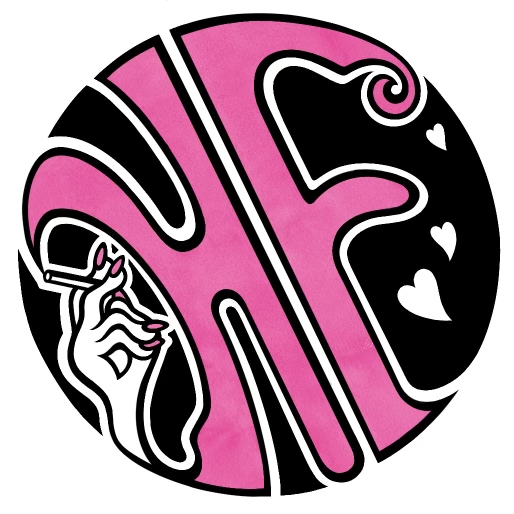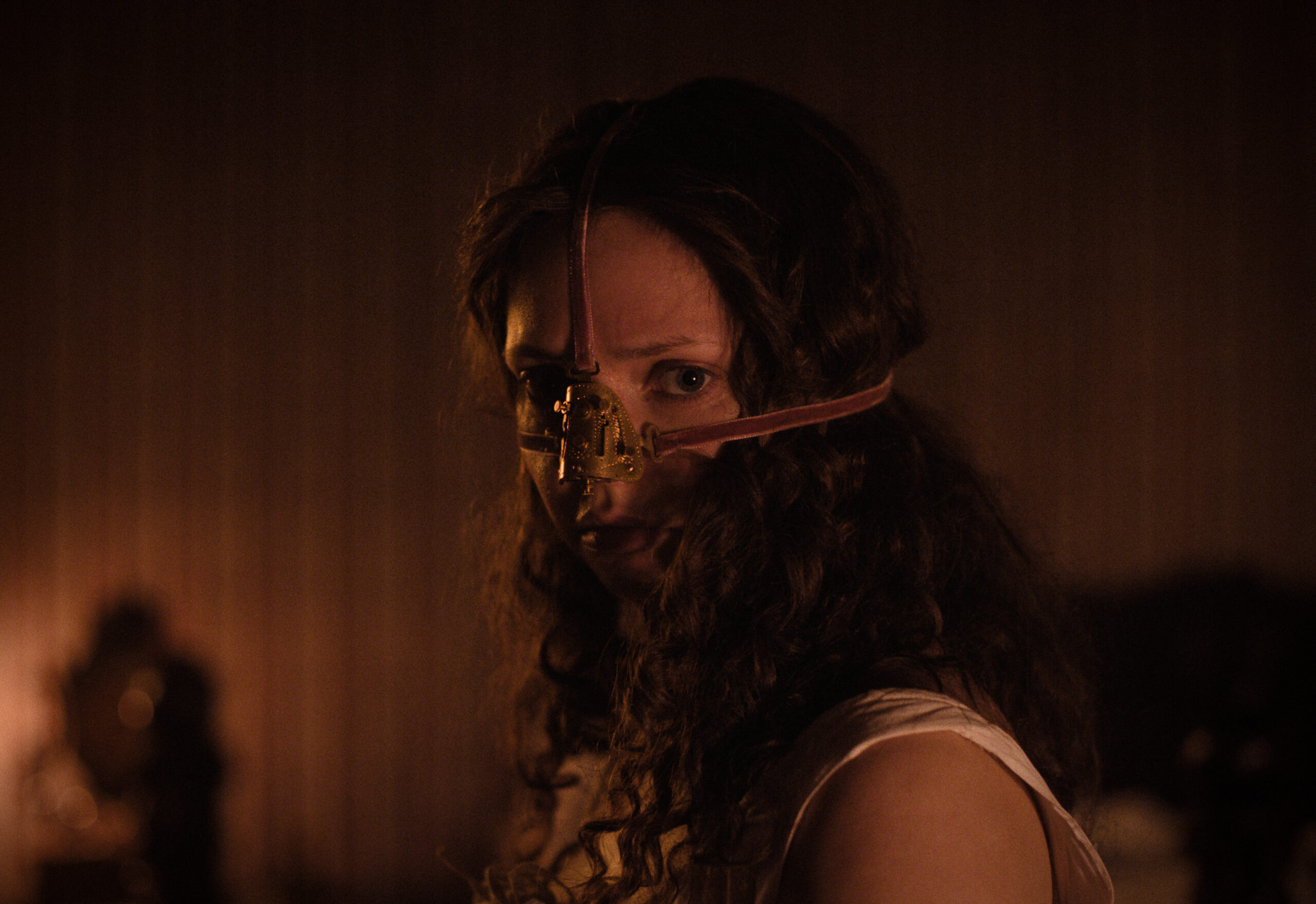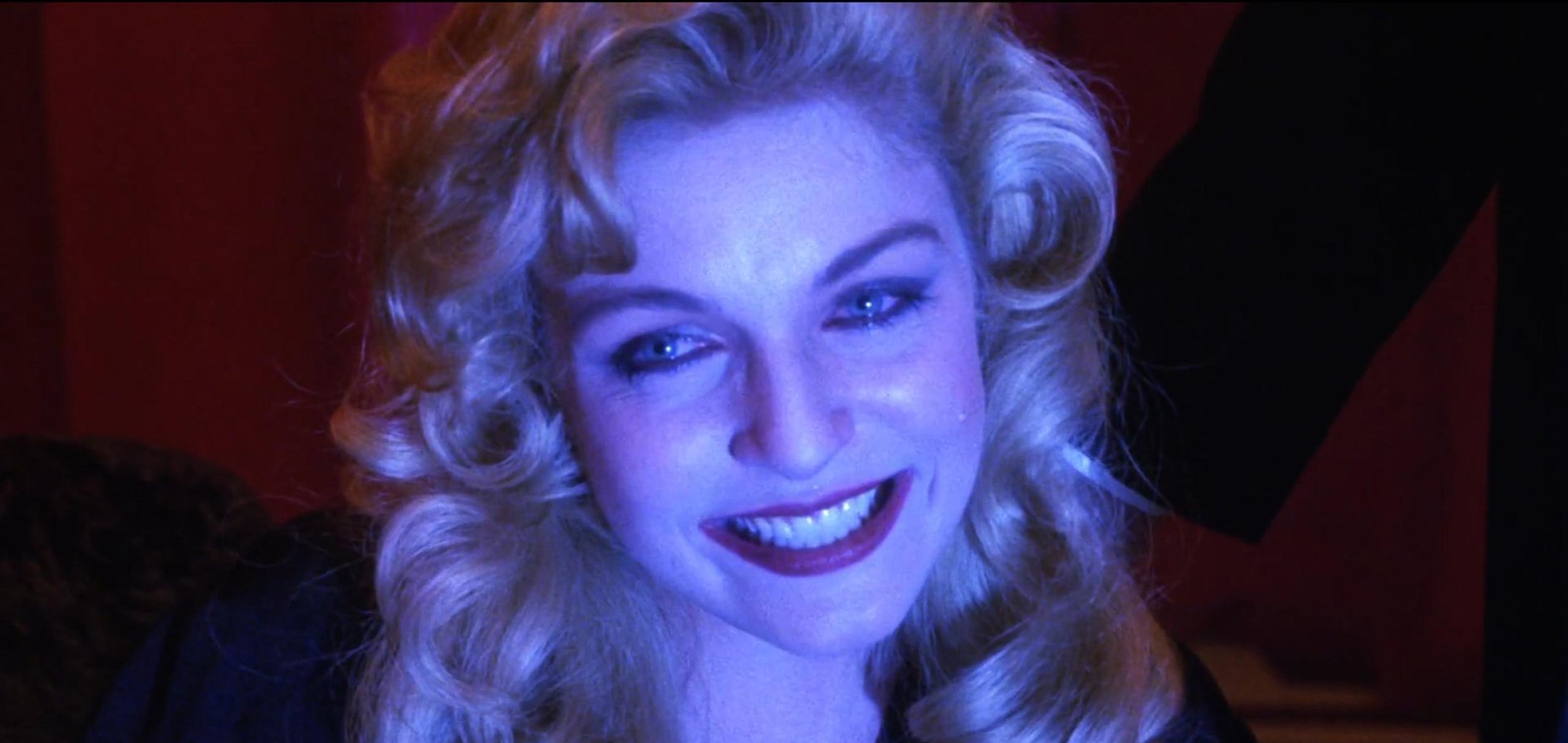Magdalene J. Taylor recently took the helm as Playboy’s newest senior editor. We had a chat about her vision for the magazine (a print issue will be coming out later this year!), masculinity, sex journalism at large, and bringing bush back to Playboy. You can follow her Substack here.
VERONICA: You mentioned accumulating a collection of Playboy paraphernalia – both your own and your grandfather’s — in your most recent Substack essay. What was your original impression of Playboy as a young person?
MAGDALENE: My grandfather passed away when I was eight or so, so I didn’t have any formative memories of him having this stuff, but once I got into adulthood and especially once I became the sex writer that I am, my mother passed these items that belonged to him along to me. But from high school onward I had a fascination with Playboy. I was just watching The House Bunny last night, which is from 2008, so [Playboy] was very much part of the cultural consciousness and something that I was always fascinated by. I’ve always enjoyed this hyperfemme vision of femininity. I didn’t grow up watching Girls Next Door, but I did watch Rock of Love and was always interested in this particular type of woman. I’ve always felt a fondness toward the bunny idea. My first job out of college was at the publication MEL Magazine. My boss there was formerly an editor at Playboy, and had negative feelings about the whole thing, so I felt like I had to step back from my public love of Playboy. Then Playboy stopped printing the magazine in 2020 and that’s when I felt I had to put any aspirations I had for writing for Playboy to bed. I felt that dream had kind of died. But if I found an old Playboy magazine at a tag sale I would pick it up. It was in my adult years of being a sex writer that I really began to read them, and actually see what a refreshing vision of sexuality and culture they presented, both in the imagery and the writing. So much of it still felt contemporary. How not dated the magazines felt was always really surprising to me.
VERONICA: I love what you’re saying about older Playboys seeming contemporary. I’ve had the opportunity recently to flip through some Playboy issues from the late 1970s, and I find them to be braver and more interesting journalism than some sex journalism now. What I love about the original Playboys was the way their politics, their cartoons, their culture writing, their fiction all were connected by sexuality as an undercurrent, but it varies from eroticism to more technical culture writing. Do you have a vision for the balance you’d like for sex journalism in Playboy going forward?
MAGDALENE: I think what you just said really gets at it. Even writing that’s not explicitly about sex, but is about a bodily experience that doesn’t involve being on your phone all the time; I think there’s always an erotic, vivacious element that I want to put into the writing whether it’s explicitly about sex or not. Though much of the writing of the next issue and what we’re going to be putting online will be about sexuality, too, of course. I find, especially with some of the old pictorials and centerfolds… I don’t know, maybe it’s just that they were putting Vaseline on the lens, but there is this soft, subdued sexiness to it that I’m really trying to churn back up. A little bit of mystery that I’d like to see. One specific sexual element I’m going to try so hard to get back into the magazine: we need to bring back the bush. There has got to be some pubic hair in the magazine.
VERONICA [interjecting]: Literally. Yes.
MAGDALENE: Like, not every girl! Not every girl has to have it! But I gotta see a little bit of it. I have to. It’s really a struggle to figure out what people are interested in seeing, what people would buy a magazine for, and what makes a magazine more interesting than scrolling on Instagram Reels. If Instagram Reels presents you with a version of sexuality, that version is often an advertisement for a woman’s OnlyFans. I totally respect the hustle, but I think it’s a very flat and often unerotic version of sexuality. It’s blatant and crass in a lot of ways. There’s definitely something to say there about what you have to do in order to get attention on Instagram, in order to promote an OnlyFans, and also not get knocked off the platform. I would like to present a vision of culture and sexuality that is not through this instant dopamine release, algorithmically generated vision of sex and culture that we’re getting on social media.
VERONICA: I feel like Playboy serves a different purpose than internet porn.
MAGDALENE: I think throughout all of Playboy’s history there have been people who masturbate to issues of Playboy. But that’s never been the given of what you’re going to do with a Playboy. The “I read it for the articles” bit is always a joke, but part of the joke is that it’s true. People do really read it, and are also looking at it to enjoy the visual splendor of a naked woman. If that leads you to jack off, sure. […] The goal is definitely not to be in competition with internet porn, at all. That’s just a different thing. [The goal] is to be in competition with other magazines, and the upside is that we also have the Playboy name and that there are naked women in there.
VERONICA: Totally. Playboy has been through a lot of iterations, especially in the last twenty years. They’ve been through eras where they’ve stopped publishing nudes, where they’ve gone out of print, where they’ve distanced themselves from Hugh Hefner. What would you love to keep from the original Playboy brand and what would you like to let go of?
MAGDALENE: There have been so many iterations, and I definitely have a nostalgia for older issues. But there are definitely threads — for example, in the 2000s when there was this Holly Madison version — that feel dated in a way that we’re not quite nostalgic for. That’s an era that’s very Spike TV masculinity, and I’m not trying to bring that back. But at the same time, I do think that masculinity is an important part of the Playboy image. There have always been women who read Playboy, and that’s going to continue to be part of our audience. But it is a men’s magazine. So I do think it’s important to talk about masculinity and men’s issues in a way that isn’t either pandering or dismissive. I think the term “men’s issues” is kind of a difficult term. There’s a lot of baggage associated with it. Either you care way too much about it or you don’t care about it at all. I don’t think either are very helpful. There used to be a column by this man Asa Barber who became an early men’s rights type of voice. I think it’s important for Playboy to acknowledge that there are going to be groups of men who feel that way about masculinity and have even a men’s rights type of thinking. And some of their feelings are going to be problems we do not want to introduce, but also we can’t entirely dismiss that voice either. All this to say, I think Playboy has always presented multiple voices of masculinity and the nuances within them, and some of those voices are in alignment with my politics and some of them aren’t. It’s important to have that nuance there, I’m definitely not going to go all out and hire a men’s rights columnist or anything like that. A general question we’re asking a lot in our meetings right now is, “Are men okay?” I think my goal is to say, “Yes, men are okay and will be okay and here’s how”. Rather than dismissing the problem entirely or saying men are not okay and it’s everyone’s fault. I’m trying to present a normal vision of masculinity.
VERONICA: Do you have thoughts on the way men and women interact with Playboy in a way that isn’t as gender reductionist as people make it out to be?
MAGDALENE: I think there are a million critiques [of Playboy] that can be made. I’m very sympathetic to the specific feminist critique of Playboy and all of the beauty world and the porn world, the critique of rigid beauty standards and the pressure for a woman to perform a certain version of sexuality and beauty. At the same time, my feeling with Playboy has long been that it’s not a requirement that you fulfill this performance and there’s also not anything wrong with wanting to fulfill this particular image of beauty. Playboy has always presented a certain aspirational image both for men and women of a certain lifestyle. I think it has always skewed more masculine by showing the type of guy you could be by reading Playboy, by taking on the culture that we represent or the products we advertise or whatever else. But at the same time, I think there’s been a similar experience for women reading Playboy, too. There’s not a singular woman that Playboy is expecting a woman to be, but you are allowed to be sexy. That’s always been part of my overall lifestyle ethos, that women are allowed to be sexy if they want to be, and that if that is what you like, it can be good to be sexy. I don’t think it’s ever been the case that these articles are just for men or anything like that. There’s always been women who write for Playboy and who read Playboy and all of that, too.
VERONICA: Do you have a dream cover star or dream recurring feature?
MAGDALENE: Truth be told, all of the dream people that we would get are people that we are going to try to get. So I have to hold out on naming them, because maybe they’ll say yes! […] I would really like to bring back the “Men” column and the “Women” column. Usually it was a man who did the “Men” column and a woman who did the “Women” column. I think it would be interesting to invert that, maybe. While there’s plenty of women who would be willing to do the men’s column, I think it would be harder to find a man who’s willing to do the women’s column. That would be a goal of mine, to find the right voice to honestly assess what they think is going on with women without being misogynistic. One thing we’re working on is reintroducing the sex survey. My real dream with all of this is to use this experience and this platform to get a better understanding of what is going on with our culture and our sexuality, and be able to accurately present that to our readers. I have a lot of ideas about what I think is happening to our sex lives and how people are navigating the world right now, and I have some data to support that, but my dream is definitely to use this opportunity to further dive into that and have some more solid ground to create a better understanding of what’s going on.
VERONICA: I have a broad question about sex journalism now. What do you want from it and what do you feel is lacking?
MAGDALENE: There’s a lot of sex journalism right now that I’m personally a bit bored by. I’m not that interested in sex toys as the only thing to talk about. There’s a real focus on novelty […] I think we’re starting to hit a dead end on how far novelty can get us. How many new things are there to explore? How many new partners are there to experiment with? How much stigma is there left to tackle down in a way that continues to be, you know, liberating and fulfilling? I feel with sex journalism right now we’ve done a lot of the work and done a lot of the exploration and perhaps now a more interesting route would be to turn back inward and think about broadening our understanding or writing about monogamy as a topic. Not in a, “You should all be monogamous” type of way, but exploring the topic of sexual fulfillment within the context of monogamy. Just figuring out how to reflect…I think we have to work with what we already have here. Monogamy and sexuality are so fraught right now, and there’s already so much loneliness and lack of depth of human connection. Rather than sex journalism focusing on sex toys or Feeld or the new hot topic to talk about, basically… I don’t know if it’s getting us anywhere anymore or if it’s really helping people anymore.
RAPID-FIRE QUESTIONS:
HF: Biggest time suck online?
MT: Oh, it’s definitely Twitter.
HF: Favorite curse word?
MT: Well, it’s gotta be fuck. Multi-use.
HF: Favorite perverted thing (it can be art, an object, a person, a sex act, whatever)?
MT: I have a lot of pervy things in my room… For example, I have this pervy deck of card from Amsterdam with nakey women. I like pervy, material, print items. Like a Playboy magazine.
HF: A sex discourse you wish you could ban?
MT: Probably most of the polyamory discourse.
HF: Favorite book from childhood?
MT: My Father’s Dragon.
HF: Song of the spring?
MT: I’ve been listening to “My Name is Mud” by Primus a lot. Which, when I think about it, is a springy song. There’s mud in the title, and mud is a springtime thing.
HF: Do you call it a journal or a diary?
MT: Journal.
HF: Person dead or alive that you would ask to dinner with the sole purpose of getting to throw a drink in their face?
MT: Whoever did that cover of Anna Nicole Smith for New York Magazine where they put her as “White Trash Nation”. Whoever did that.
HF: Ideal nap length?
MT: Great question. 37 minutes. That’s from when you are asleep to wake-up, thirty-seven minutes. But that means you kinda have to give yourself forty-five minutes.
HF: Best time to write?
MT: I love 11 AM to 3 PM. I like to keep business hours, honestly.
HF: Worst place to edit writing?
MT: Oh, God. Any coffee shop where everybody else is also on their computer. I don’t like it.
HF: Any opinion on any movie ever?
MT: The last movie I really sat down to watch was Manhunter by Michael Mann. I thought that movie was so sexy in a really surprising way, and it really reminded me that you can imbue erotic thriller tone to any kind of thriller, whether there’s topics of eroticism or not. Erotic is a tone that can worm its way into any medium.



